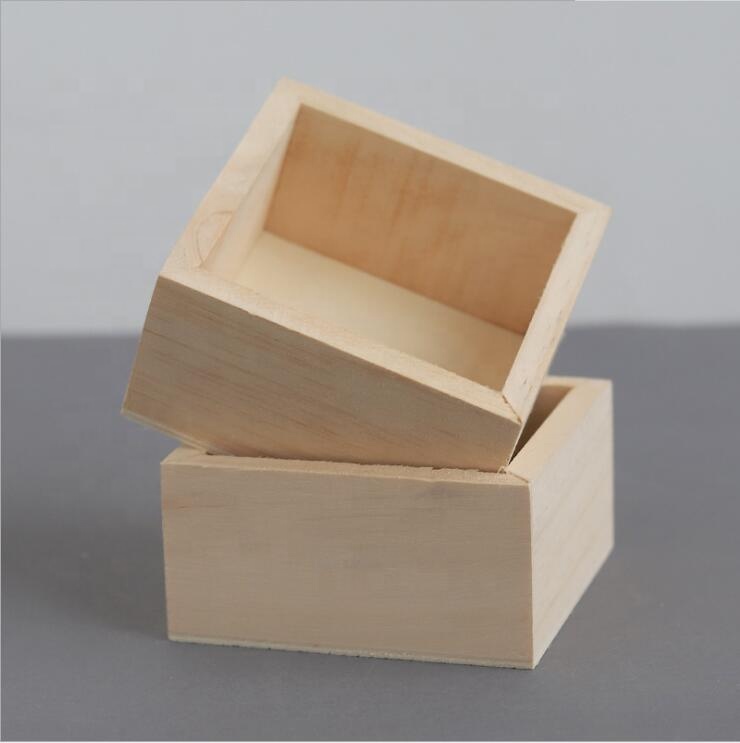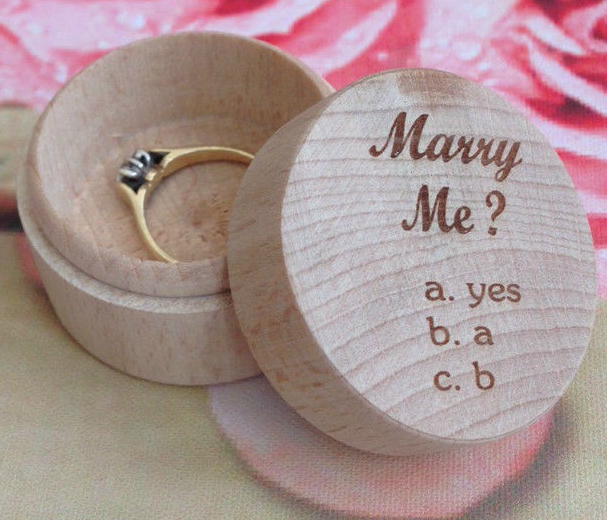In the era of digital photography, each brand has its own advantages. Using them can create creative activities. However, once a brand is selected, it is best not to change it easily. Changing the system means economic losses. More importantly, it takes time to fully understand the characteristics of a particular series of products. The longer the time, the better. Only if we have a good understanding of the equipment will we be able to grasp it and use it to be handy.
one. Common SLR/micro single camera brand (personal ranking):
1. Leica Leica: (1907, Germany)
2. Nikon Nikon: (1917, Japan)
3. Canon Canon: (1937, Japan)
4. Pentax PENTAX: (1919, Japan)
5. Olympus Olympus: (1919, Japan)
6. Sony SONY: (1946, Japan)
7. Fuji FUJIFILM: (1934, Japan)
8. Panasonic: (1918, Japan)
9. Samsung SAMSUNG: (1938, Korea)
10. Casio Casio: (1957, Japan)
two. Nikon and Canon body model nomenclature
First of all, the flagship is a single digit, such as the Nikon D4s, D4, D3s, Canon 1DX this, but Canon is more upscale is a single digit, this time to look at the size of the number, the smaller the number is relatively higher grade, grade from High to Low: 1D Series> 5D Series> 6D Series> 7D Series.
Nikon is that the higher the number is, the higher the grade is. In the product line of the same period, the larger the machine number of the same number is, the higher is, for example, the level: D810> D750> D610.
Therefore, the summary of the next Nikon (very important) is that the smaller the number of digits, the larger the number, the more advanced the relative. For example: D4s> D810> D750> D610.
Then there is the distinction between full-frame and APS-C, which mainly depends on memory. Canon's all single digit machines except 7D are full-frame. APS-C Nikon's words can be seen by the size, are four-digit, the first digit of the four-digit level is (high to low) 7,5,3, the second number represents algebra, such as ( New to old) D7200>D7100>D7000, the last two digits are 0 so far
Note: There is no D5400 but there is D5500
Canon is still the smaller the number of digits, the more advanced, APS-C flagship is 7D, currently out of the second generation, so the name is 7DII, the next level is two digits, the bigger the new, such as (new to old) 70D>60D, then the 3-digit machine, which is bigger and newer, such as (new to old)750D>700D>650D>600D>550D>500D
There are a few of them (no derogatory): 760D and 750D are launched at the same time, 760D is a high version of 750D It can be said that Canon is the lowest four-digit machine, basically ignored, such as (new to old) 1200D> 1100D
Next is the corresponding model of the two brands:
D4s - 1DX
D810 - 5D Series
D750 - The first half of the 5D series The first half of the 6D series (between the two)
D610——6D
7D - The first half D7200
70D - the second half of the D7200
760D - This is a little odd, a bit like the previous D90, the opponent is in the older D7X00 such as the D7000
750D - D5500
100D - not completely consistent but usually competitors are those entry level such as the D5200 (although a lot of 5200) In fact, the real opponent is Pentax's machine I think but not very consistent.
1X00D (X=1,2) - D3Y00 (Y=1,2,3)
The machines in the market really are more than these.
The real Nikon product line for sale should be:
D4s, D3X, D810A, D810, D800E, D800, Df, D750, D610, D7200, D7100, D7000, D5500, D5300, D5200, D3300, D3200
Note: D810A is a special purpose camera
And Canon is:
1DX, 5DsR, 5Ds, 5DIII, 6D, 7DII, 70D, 60Da, 60D, 760D, 750D, 700D, 100D, 1200D
Note: 60Da is a special purpose camera
three. Some suggestions on equipment configuration
1. Don't overly obsessive equipment, otherwise it is destined to disappoint you
Good equipment is helpful for good works, but it is limited. It is nothing more than to display advantages in quality and special effects (such as superficial depth of field). However, a good work is by no means limited to this. It involves all aspects in the early and late periods. It is not enough to rely on these advantages alone. Too much superstitious equipment is a trap for photographers to fall into. It's not only a waste of money. It's more important because it makes you deviate from the road of photography. It always feels that you're not shooting well because the equipment is not in place. They are all placed on tossing equipment and do not devote themselves to learning ** and practice, leading to long-term stagnation of technology.
2. Buy equipment within your own capabilities, and don’t overdo it.
Products in the digital era are faster and faster, and the latest models will soon become obsolete, just as some of the camera models I listed earlier are less than a decade old and have been as difficult to find as antiques. The new price is too high. As a working class, the income is limited. As amateurs, equipment can not produce economic benefits. If you simply seek new ideas, it may affect the normal living expenses. Moreover, there are many places for photography to spend money. Travelling, taking pictures, recruiting models and costumes all require economic support.
3, according to their shooting subject, shooting style to determine the equipment
If it is published on the Internet, the pursuit of excessive pixels is actually an increase in the burden on computers, and upgrading computers means spending money; top-level SLR equipment is often large and heavy, and it is a burden for people who like to travel (especially girls ); general artistic portrait creation, high-speed continuous shooting will mostly be idle.
4, try to achieve their own creation with a simple configuration
It is far better to use the “spirituality†of the equipment on your hands to maximize the potential of your equipment. "Too much chewing is not bad," and there are too many equipments, but they are not devoted to them. They can't figure out the mysteries. The last thing is to play equipment instead of playing equipment. If you are a photographer who likes to shoot outdoor portraits, carrying too much equipment out means more heavy baggage and greater damage.
Wooden Box
A wooden box is a container made of wood for storage or as a shipping container.
Construction may include several types of wood; lumber (timber), plywood, engineered woods, etc. For some purposes, decorative woods are used.

Boxes and crates are not the same. If the sheathing of the container (plywood, lumber, etc.) can be removed, and a framed structure will remain standing, the container would likely be termed a crate. If removal of the sheathing resulted in there being no way of fastening the lumber around the edges of the container, the container would likely be termed a wooden box.
The strength of a wooden box is rated based on the weight it can carry before the cap (top, ends, and sides) is installed. "Skids" or thick bottom runners, are sometimes specified to allow forklift trucks access for lifting.

Performance is strongly influenced by the specific design, type of wood, type of fasteners (nails, etc.), workmanship, etc.
Some boxes have handles, hand holes, or hand holds.
Wood Box,Solid Wood Box,Wood Gift Box,Custom Wooden Box,Unfinished Wood Box,Wood Storage Box
Jinan Tri-Tiger Technology Development Co., Ltd , https://www.tigerwoodproduct.com

